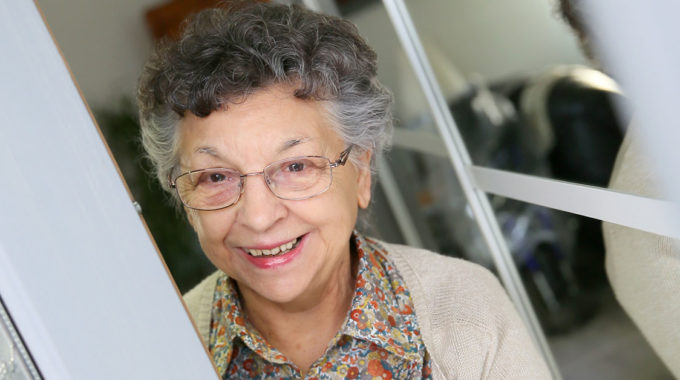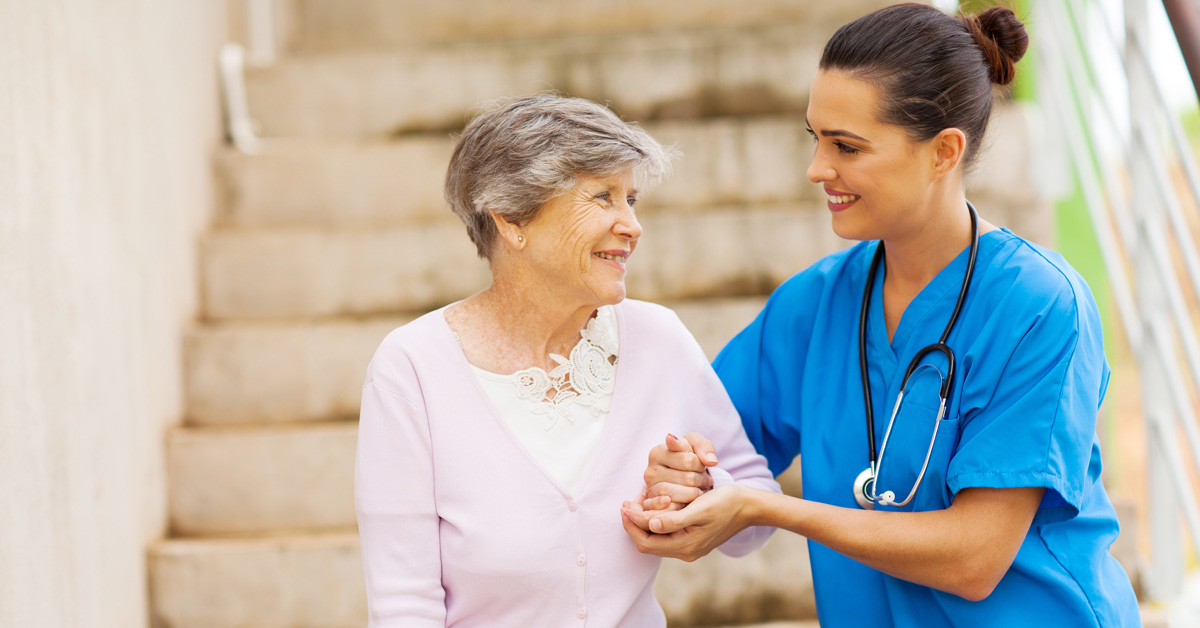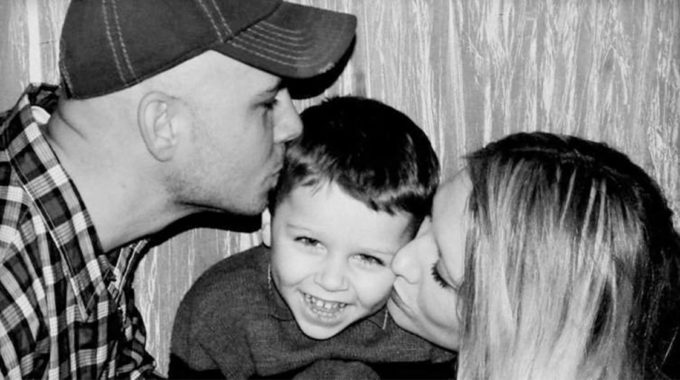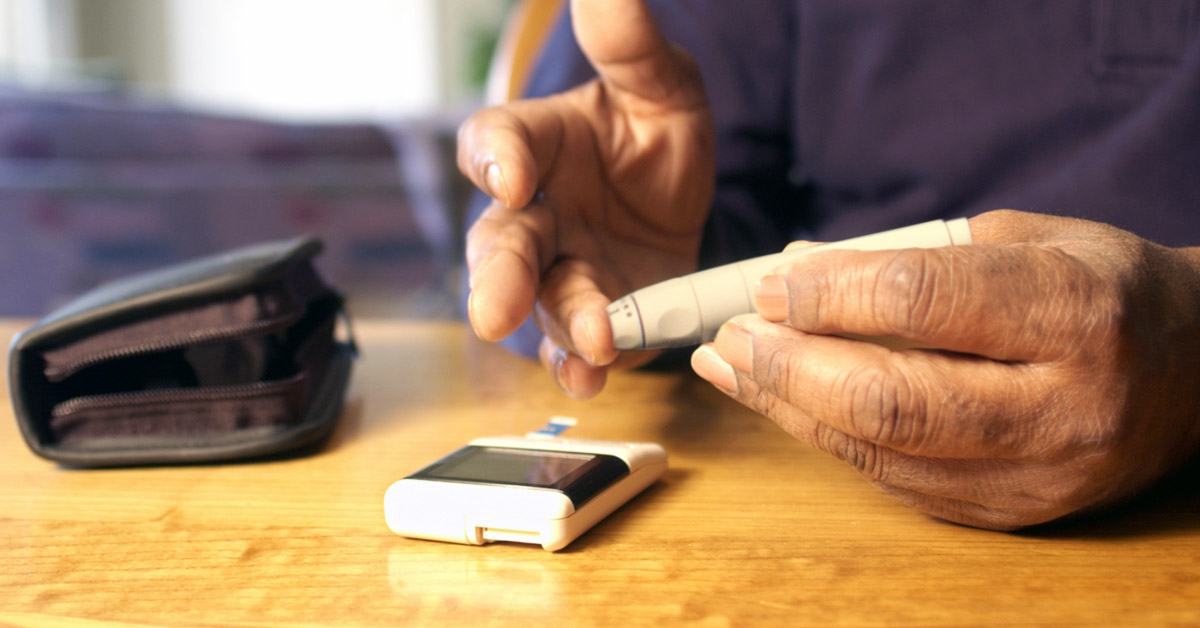
The Risks of Turning Away Your Home Care Aide
Across the country, non-medical home care providers are reporting their businesses being cut by as much as half. During this COVID-19 state of emergency, this comes in part from elderly clients turning away their home care aides. They want to protect themselves by limiting their exposure to other people. Unfortunately, this may be a grave miscalculation. Forgoing non-medical home care creates serious health risks. Currently, most people are well aware of the risks of respiratory infection, but less knowledgeable about the risks that come with needing help with daily activities.
Unmet Home Care Needs Correlate with Increased Mortality
Did you know that unmet home care needs correlate with mortality risk increased by 37% to 96%?1,2 Non-medical home care supports clients in activities of daily living (ADLs) such as nutrition, medication adherence, safe mobility, safe bathing, etc. To some, this may sound like a luxury service, but make no mistake. These healthcare services are of vital importance.
For instance, a study published in the Journal of the American Geriatrics Society surveyed the family caregivers of elderly people with dementia.2 Caregivers were asked if they needed more help with certain caregiving tasks. Even families with family caregivers may need assistance with senior care. When the family caregivers said they needed help with two or more ADLs, the mortality risk of the person needing care spiked 37%. They also showed a 77% higher institutionalization rate.
Similarly, researchers from Purdue University found that among a general Medicare population, a single unmet need for assistance with just one ADL correlated with a 96% increase in mortality risk.1 This increased mortality likely stems from a combination of lack of check-ins, increased fall risk, decreased medication adherence, reduced nutrition, etc. Consider this example. In a study published recently in the Collegian, Elizabeth Manias and her research colleagues found that lack of social support increases the risk of medication discrepancies 171%. That makes lack of social support the number one modifiable risk factor for medication discrepancies.
Home Care Aides Reduce the Need for Community Exposure
Furthermore, private-pay home care aides can run errands and go shopping for clients. This reduces the senior’s community exposure.
Home Care Aides May Be the Safest Senior Helpers During COVID-19
If someone should be checking in on and helping a senior at home, home care aides may be the best option. People may think of them like workers at a hospital or a doctor’s office, with increased exposure to sick people. The opposite is true. Home care aides working for non-medical home care agencies tend to provide long-term care for elderly people with ongoing needs for assistance, not focusing on sick people. Depending on the agency’s scheduling patterns, one aide may see one to five clients per week. Non-medical home care aides are not particularly exposed to the community or to the sick.
Moreover, home health aides, personal care aides, and certified nursing assistants have specific training in preventing the spread of infection. Their reduced exposure to the community during work matched with their healthcare training make home care aides the best options for helping seniors who are trying to reduce their community exposure.
References:
- He S, Craig BA, Xu H, et al. Unmet need for ADL assistance is associated with mortality among older adults with mild disability. Journals of Gerontology Series A: Biomedical Sciences and Medical Sciences. 2015 Sep 1; 70 (9): 1128-32.
- Gaugler JE, Kane RL, Kane RA, Newcomer R. Unmet care needs and key outcomes in dementia. Journal of the American Geriatrics Society. 2005 Dec; 53 (12): 2098-105.
- Manias E, Annakis N, Considine J, Weerasuriya R, Kusljic S. Patient-, medication-and environment-related factors affecting medication discrepancies in older patients. Collegian. 2017 Dec 1; 24 (6): 571-7.






